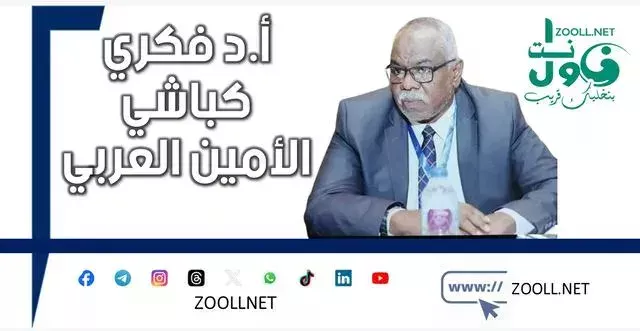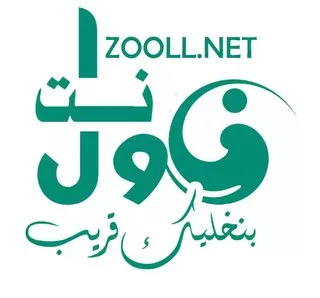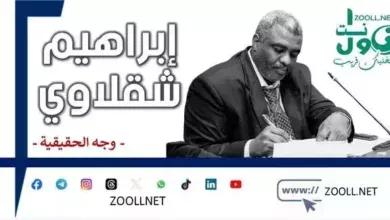Increase in fuel prices as part of economic reform ✍️ Professor: Fikri Kabashi Al-Amin ✍️

The economic situation is always treated within the framework of the integration of financial and monetary policies, all considered as a whole, and partial treatments do not lead to positive results, but until decisions to lift support are placed in their appropriate scientific framework. , I will focus on three points, the first of which is the concept of support, the second is the exchange rate, and the third is inflation. This is due to the organic integration between them, in my opinion, and this can be explained by the following:
First: The notion of support: There are two types of support, one of which is direct support, which directly pays cash (like the Thammarat program) to the targets, who are often represented by low-income people… and its The objective is to close the gap between income and expenditure for the weakest in Sudanese society… The second type of support is represented by indirect support. This involves supporting strategic products such as wheat, sugar and cooking gas, as in the neighboring country. from Egypt, for example, so that their prices remain at a minimum level of income… but in my opinion, the support envisaged is represented by the difference between the exchange rate on the parallel market and the price determined by the Bank by adopting a policy of floating prices. Flexible and managed exchange… We therefore see a direct relationship between the exchange rate and the price of fuel.
Second: the exchange rate is represented by the value of the Sudanese pound against the currencies of other countries… rise or fall… Despite all efforts to increase the exchange rate against other currencies , I will summarize the most important mechanisms for increasing the price for you briefly in three points:
1. Increase exports at a higher rate than imports.
2. Receipts from foreign national investments (if applicable) as well as remittances from immigrants and expatriates.
3. Subsidies, subsidies and loans from friendly countries and international financial institutions… and this is what the transitional government has been counting on for more than two years…
Third: Inflation: Inflation is defined as the successive increase in prices. Its types are numerous and varied, but I distinguish three types:
1. Demand inflation or monetary inflation, which is the expansion of monetary issuance, which leads to an excessive quantity of money in circulation without being accompanied by an expansion in the production of goods and services at the within the economic sector of society.
2. Cost inflation: which results in an increase in royalties on locally produced goods and services… as well as an increase in wages without being accompanied by an increase in production.
3. Structural inflation… is represented by the expansion of the public sector at the expense of the private sector… or the entry of the public sector into unequal competition with the private sector… or monopolistic competition through specific institutions and houses in the private sector that monopolize the import and export of strategic goods, the simplest example being wheat and gold…
In conclusion, if there is a treatment, it must be integrated, and what I mentioned is considered part of a whole… depending on the space available… but certainly, given the scale of the question, more space must be devoted to it, whether at the civil level or at the official level, if there is really a will and seriousness in the search for reforms…
Teacher: Fikri Kabashi Al-Amin.





